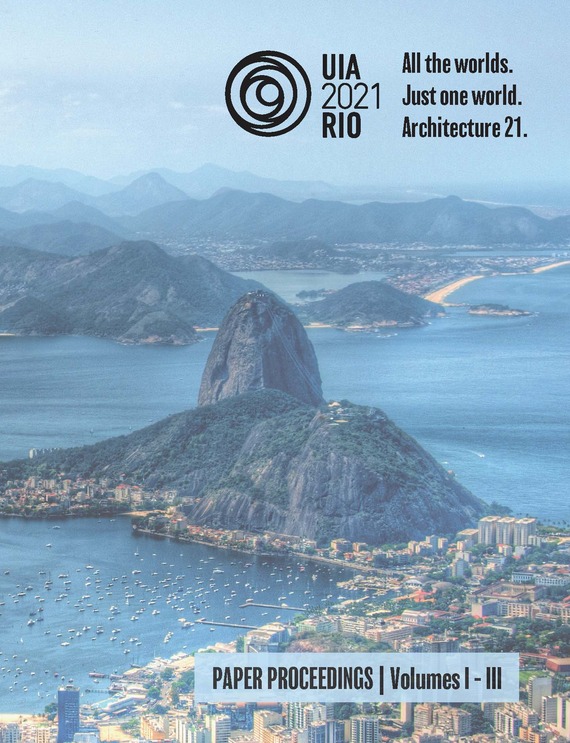Author(s): David Van Der Merwe & Hendrik Auret
South Africa has a long and lamentable history of creating urban inequalities in calculated ways through legislation inspired by racial prejudice. Twenty-five years after democracy, appropriate ways to develop these vulnerable, marginalised communities remain elusive. One such place is Heidedal, a historically segregated township of Bloemfontein which today forms part of the Mangaung Metropolitan Municipality. Like many similar settlements in South Africa the township is flanked by an industrial buffer zone meant to separate it from the ‘white city’. Consequently, in addition to being a product of vindictive historical policies, the township currently has an uneasy relationship with its bleak industrial surroundings; a potent reminder of past injustices. This paper interrogates how architects think about such communities in three ways: first, it questions the historical narrative of Heidedal by introducing an alternative phenomenological reading (inspired by the writings of Martin Heidegger) revealing the actual scope of corruption that saturated apartheid planning. Second, it laments the tendency of architectural phenomenology to avoid questions posed by this kind of settlement, instead focusing its attentions on unspoilt or pastoral landscapes. Last, it proposes an alternative way to think about the traumatized relationship between the settlement, its history and its place by considering a project in Heidedal by one of the authors, a young architect who grew up in the township. In response to previous attempts at calculative machination, the paper proposes and architecture of care. Keywords: Heidedal, apartheid, Heidegger, care, parsimony, inequality, vulnerable communities
Volume Editors
ISBN
978-1-944214-31-9

 Study Architecture
Study Architecture  ProPEL
ProPEL 
